The Housing and Local Government Ministry issued a circular as early as August 2021 reporting that 49 percent of local authorities that responded to its online survey revealed their lack of slope management expertise and 81 percent don’t implement maintenance.
The circular sighted by Malaysiakini did not disclose the identities of the 41 responding local authorities but stated that the same 49 percent (about 20) also lacked a governance structure to manage slope and landslide-related issues.
According to various sources, Malaysia has a total of 155 local authorities comprising 19 city councils, 39 municipal councils, 92 district councils, and five modified local authorities like the Kulim Hi-Tech Industrial Park Local Authority in Kedah and the Southeast Johor City Board that manages the New Kejora Township.
The circular also reported that 41 percent of the responding local authorities (about 16) have no awareness or understanding of slope management guidelines and 70 percent (about 28) don’t have a database on slope information.
Separately, the circular reported that as of December 2020, there were 837 slopes nationwide, of which, 35 percent or 292 slopes have a history of slope failure.
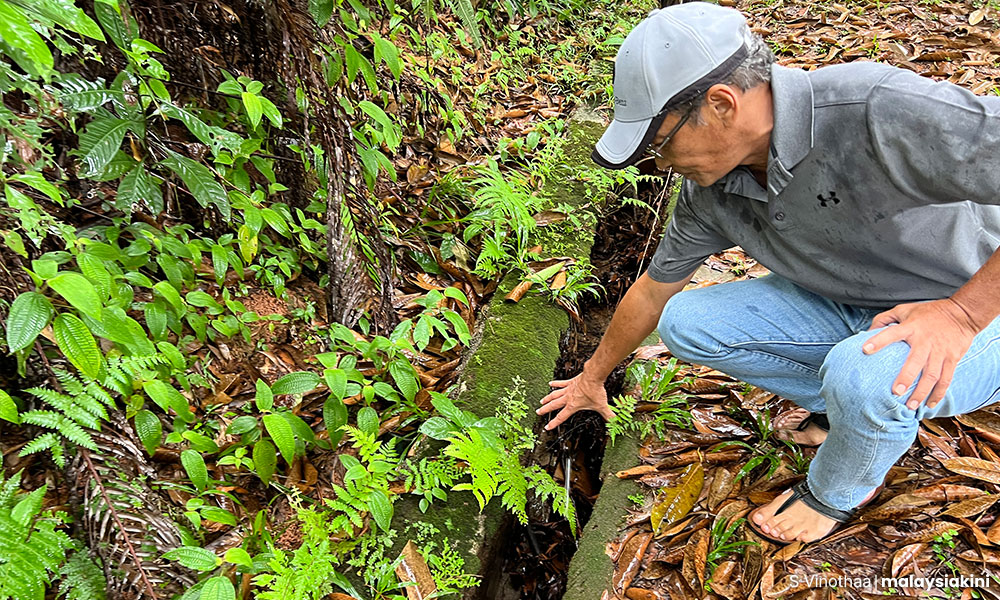
States with the highest number of slopes are Selangor, Pahang and Negeri Sembilan.
However, this total is based on information obtained from only 95 local authorities.
At publication time, Housing and Local Government Minister Reezal Merican Naina Merican could not be reached for reasons behind the poor response from local authorities to the electronic survey and if the ministry would continue to push for details from those who had not responded.
The circular issued by ministry secretary-general Zainal Abidin Abu Hassan on Aug 16, 2021, also listed Slope Management Guidelines as a reference document for local authorities to carry out organised and comprehensive slope management.
According to Zainal’s cover note to the circular, the December 2019 amendments to Section 85A of the Road, Drainage and Building Act 1974 (Act 133) authorise local governments to require owners of land with slopes exceeding 25 degrees at a height of 10m or more, to conduct slope inspection once every five years.
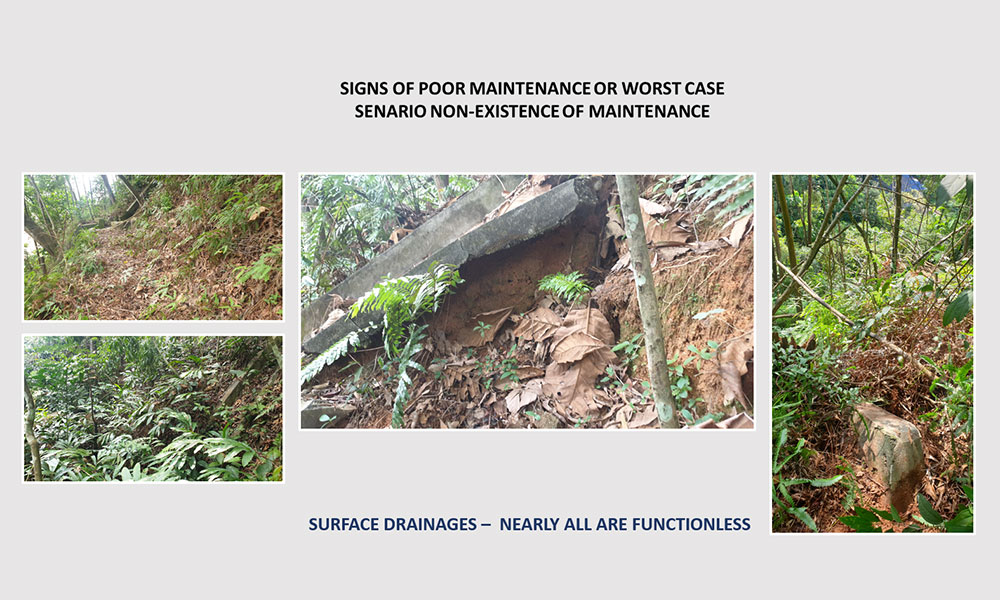
This is regardless of whether the land has a building on it or not.
According to Act 133, construction plans for land with gradients exceeding 25 degrees with a vertical height that exceeds 10m must be accompanied by geotechnical reports verified by accredited checkers registered with the board of engineers.
The geotechnical report must also contain a geology report of the area, terrain classification, site investigation report, geotechnical design, maintenance method and engineer’s declaration.
Questionable enforcement of the law
On Monday, Kuala Lumpur City Hall (DBKL) town planning department director Zulkarnain Hassan was reported announcing that 25 percent of the land approved by him for development at the foothill of Bukit Dinding in Setiawangsa, must be retained as a green area to guard against landslides.
He was responding to objections from close to 6,000 residents living around Bukit Dinding opposing development on the hill which was already classified by DBKL as at “high risk” of landslides in 2014.

Zulkarnain told reporters that the slopes on the development approved in March this year were classified as Class Three with gradients ranging between 25 to 35 degrees and Class 4, with gradients 35 degrees and more.
He declared that no construction could take place until retaining walls, berms, and drainage was constructed.
However, residents told Malaysiakini on Sunday they were shocked to be left in the dark about the development approval for 300 condominium units scheduled to commence this year.
Last week, DBKL also announced that development could not commence until the developer had held communication sessions with residents, the first of which had been held on Sept 15.
The existing Bukit Dinding green lung stretching across a 121ha area is private property belonging to multiple owners.
The latest development approval for the condominium units was for a 2.4ha area which is less than two percent of a 52ha parcel owned by Nova Pesona Sdn Bhd.
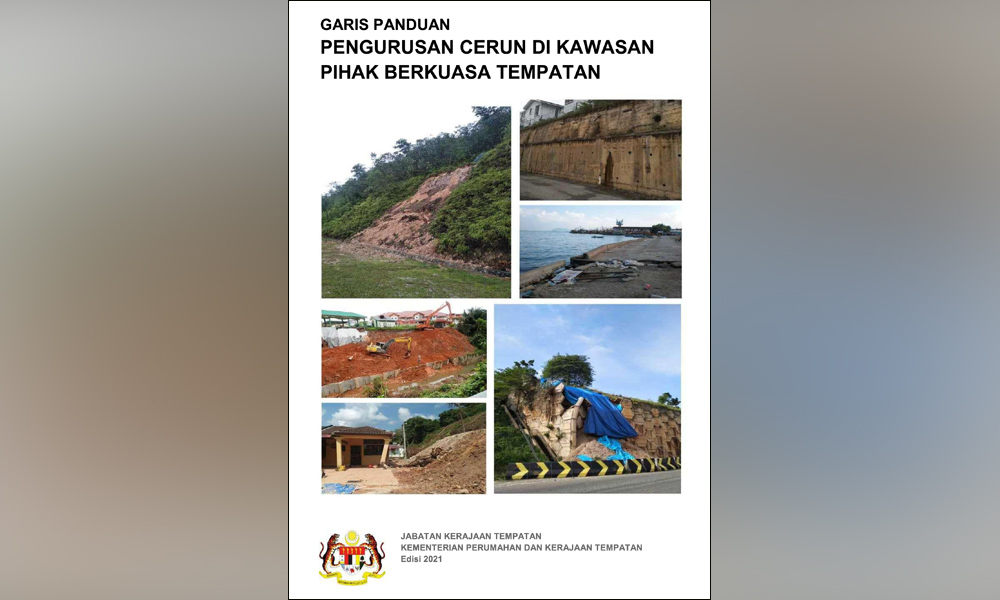
Residents who sourced the Environmental Impact Assessment (EIA) report on their own, are claiming it to be outdated – completed in 2014, submitted for development approval in 2017, and an extension report in 2019.
They have also compiled proof of poor maintenance of the hill slopes.
Residents are also claiming that the developer and DBKL are dragging their feet on sharing the latest technical reports like slope study and even the extension report in the EIA.
Technical reasons for slope failures
Zainal’s circular pointed out three landslide incidents that took place in 2020 which included the incident that damaged seven houses in Taman Kelab Ukay in Ampang Jaya.
Taman Kelab Ukay is just 5.7km from Bukit Dinding, in neighbouring Selangor.
Without citing incidents, the circular explained that technical factors that affect slope failure included construction work that does not comply with specifications and lack of maintenance.
It also pointed out design failure and weaknesses in planning and development management as reasons for slope failure. - Mkini
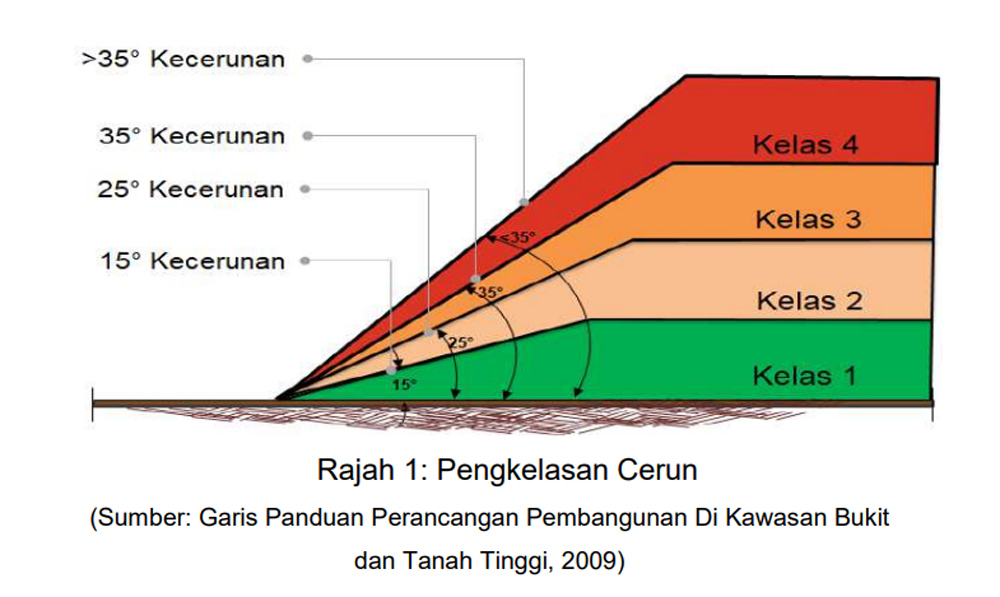
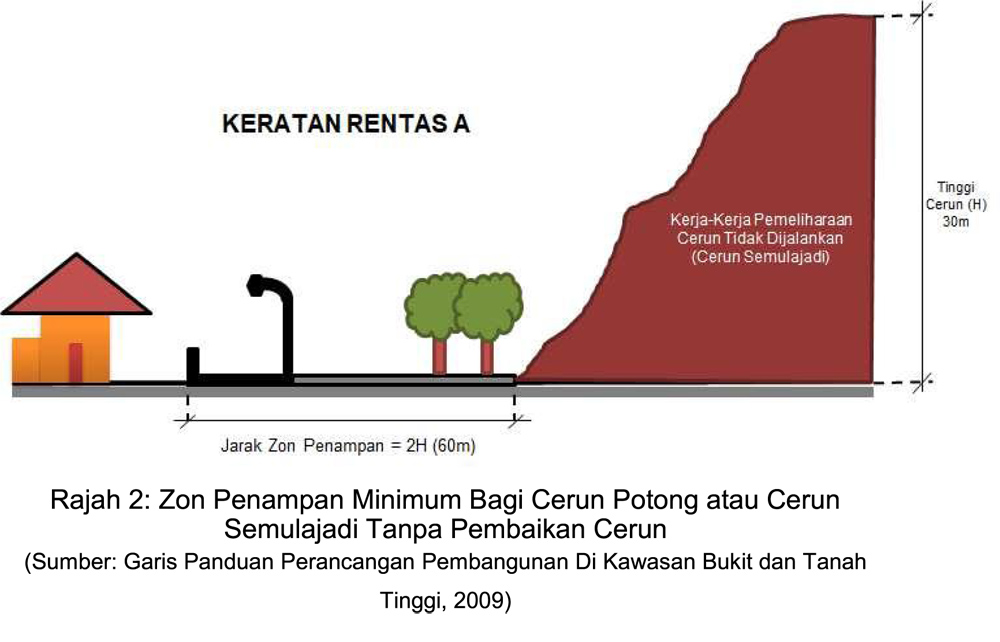
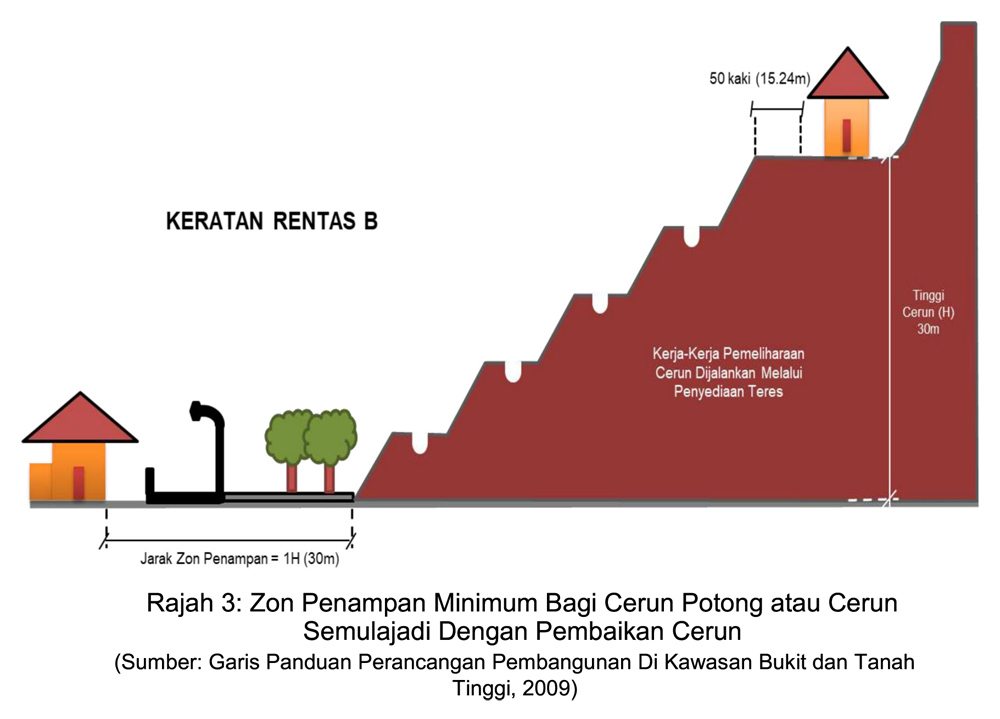




No comments:
Post a Comment
Note: Only a member of this blog may post a comment.